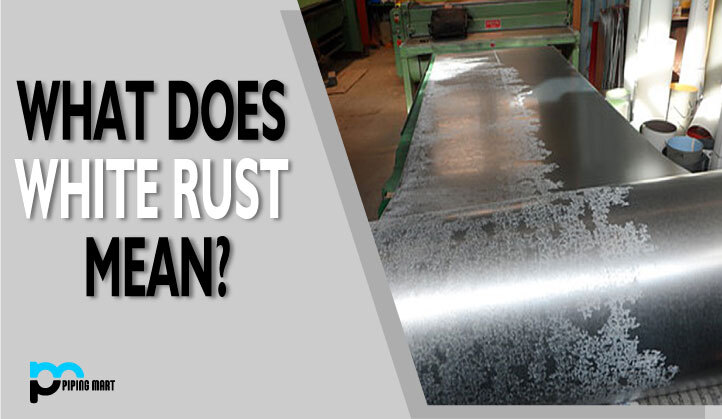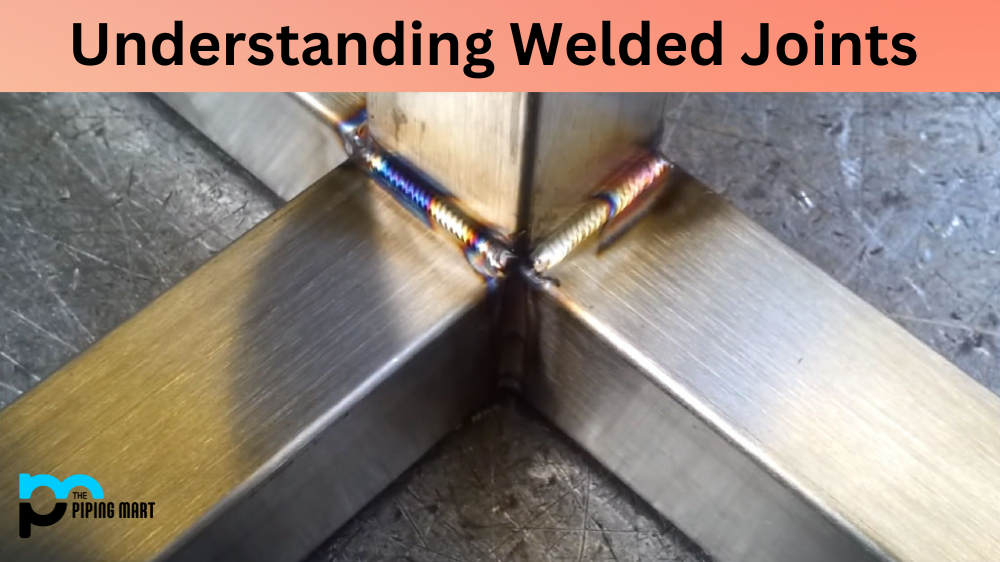Fluid flow is a significant issue in various industries such as oil and gas, chemical, and manufacturing. The flow rate is the fluid flowing through a pipeline at a given time. It is crucial to ensure that the flow rate meets the demands of the process to avoid significant losses in production efficiency and revenue. Increasing the flow rate in a pipe can be tricky, but with the proper techniques, it is achievable. In this comprehensive guide, we will explore the methods you can use to increase the flow rate in a pipe.
Increase the Diameter of the Pipe:
The most straightforward technique to increase the flow rate is to increase the diameter of the pipe. The larger the pipe, the more the fluid can flow through it. This technique is ideal for liquids that do not require high pressure to meet the process demands.
Reduce the Fluid’s Viscosity:
Viscosity is the resistance of a fluid to flow. The higher the viscosity, the more the resistance to fluid flow. Reducing viscosity in a fluid can be achieved by heating or adding thinning agents, such as chemicals that reduce friction, making the fluid flow easily. However, verifying that the thinning agent does not adversely affect the fluid’s chemical properties is crucial.
Minimize Pipe Roughness:
Pipe roughness is a significant factor affecting fluid flow in a pipeline. Roughness causes fluid and pipe surface friction, reducing the flow rate. Minimizing pipe roughness can be done by smoothing the pipe’s interior with a pipe reamer or polishing tool.
Increase the Pressure in the Pipeline:
Increasing the pressure in the pipeline is a reliable technique for increasing the flow rate. It involves increasing the pump’s discharge pressure or reducing the back pressure on the pipeline. This technique is ideal for liquids that require high-pressure levels.
Replace the Pipeline System:
If all the above techniques do not work, the pipeline system may need replacement. Older pipelines may have accumulated rust, scale, and slime deposits that reduce the flow rate. The pipeline may also have developed leaks and holes, leading to pressure drops and reduced flow rates. Replacing the pipeline with a newer and smoother pipe system that can meet the process demands is advisable.
Conclusion:
Increasing the flow rate in a pipe is essential for various industries that require high fluid flow rates. The techniques discussed above provide practical solutions for increasing flow rates. Proper maintenance of the pipeline system and regular inspection can help identify areas where flow rate reduction occurs. Optimize the techniques according to the fluid properties and process requirements for maximum efficiency.
Meet Heer, a dynamic and driven writer learning tricks of her trade in the metal industry. With a background in Digital Marketing, Heer brings a unique perspective to her writing, sharing valuable insights. Apart from blogging she like reading and hiking.




